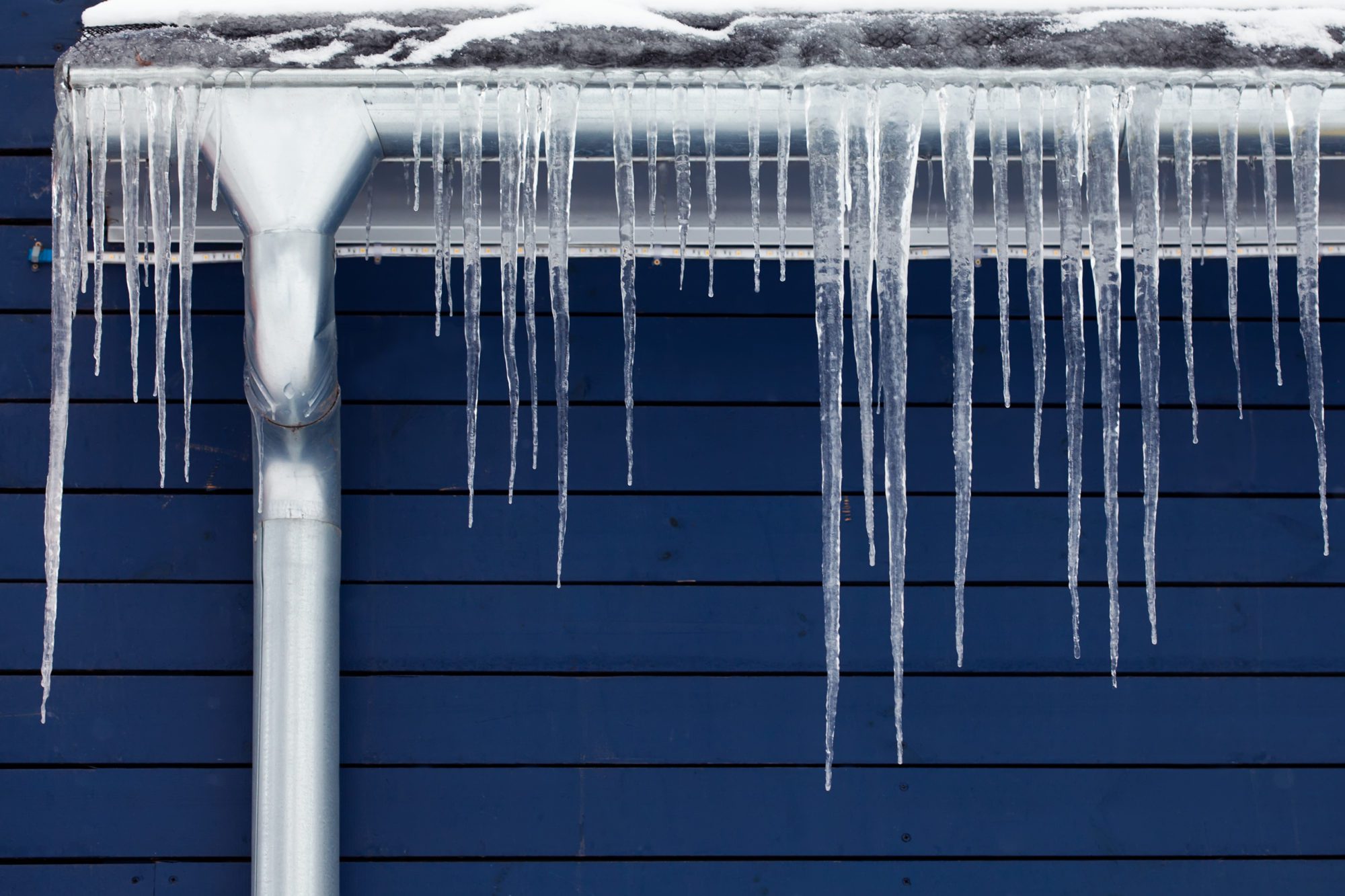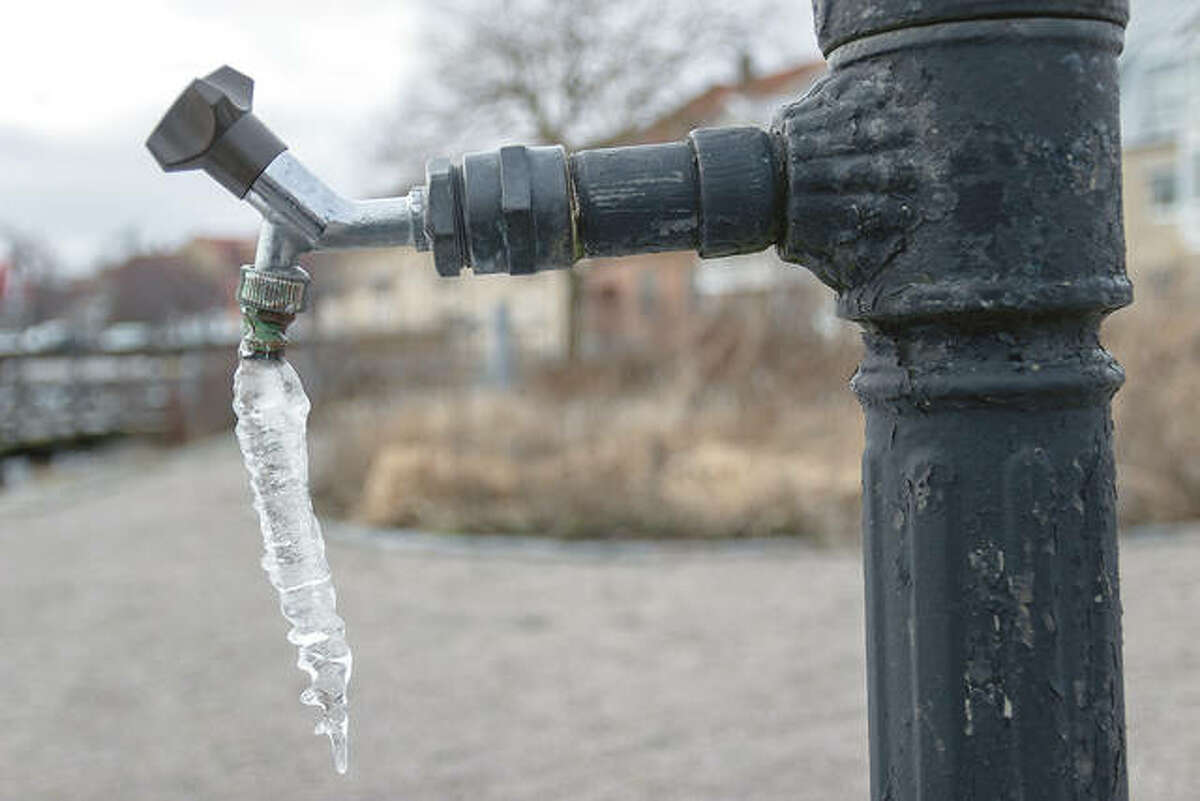Protecting Against Frozen Plumbing in Cold Weather: Pro Tips
Protecting Against Frozen Plumbing in Cold Weather: Pro Tips
Blog Article
Everybody has their own opinion on the subject of How to prepare your home plumbing for winter weather.

Cold weather can damage your pipes, specifically by freezing pipelines. Below's how to avoid it from happening and what to do if it does.
Introduction
As temperatures drop, the threat of icy pipelines boosts, potentially causing expensive repair work and water damage. Comprehending how to prevent frozen pipes is vital for house owners in chilly climates.
Avoidance Tips
Insulating susceptible pipelines
Cover pipes in insulation sleeves or utilize heat tape to safeguard them from freezing temperature levels. Focus on pipelines in unheated or outside locations of the home.
Heating techniques
Maintain interior spaces adequately warmed, particularly locations with pipes. Open cabinet doors to allow warm air to circulate around pipelines under sinks.
Exactly how to determine frozen pipelines
Search for lowered water flow from taps, unusual smells or noises from pipelines, and visible frost on subjected pipelines.
Long-Term Solutions
Structural changes
Think about rerouting pipelines far from exterior walls or unheated locations. Include extra insulation to attic rooms, cellars, and crawl spaces.
Updating insulation
Invest in top quality insulation for pipes, attic rooms, and wall surfaces. Proper insulation assists maintain regular temperatures and lowers the risk of frozen pipelines.
Safeguarding Outside Pipes
Garden pipes and outside faucets
Disconnect and drain garden pipes prior to winter. Set up frost-proof faucets or cover exterior taps with protected caps.
Comprehending Frozen Pipelines
What triggers pipes to ice up?
Pipes ice up when exposed to temperature levels listed below 32 ° F (0 ° C) for extended durations. As water inside the pipes freezes, it increases, putting pressure on the pipeline walls and possibly causing them to rupture.
Threats and damages
Frozen pipelines can lead to water system disruptions, property damage, and costly fixings. Ruptured pipelines can flooding homes and cause comprehensive architectural damages.
Indications of Frozen Piping
Recognizing icy pipelines early can prevent them from bursting.
What to Do If Your Pipelines Freeze
Immediate actions to take
If you presume icy pipelines, maintain taps available to ease pressure as the ice thaws. Utilize a hairdryer or towels taken in warm water to thaw pipes gradually.
Final thought
Protecting against frozen pipelines calls for aggressive actions and quick reactions. By recognizing the causes, indications, and preventive measures, homeowners can secure their pipes during cold weather.
5 Ways to Prevent Frozen Pipes
Drain Outdoor Faucets and Disconnect Hoses
First, close the shut-off valve that controls the flow of water in the pipe to your outdoor faucet. Then, head outside to disconnect and drain your hose and open the outdoor faucet to allow the water to completely drain out of the line. Turn off the faucet when done. Finally, head back to the shut-off valve and drain the remaining water inside the pipe into a bucket or container. Additionally, if you have a home irrigation system, you should consider hiring an expert to clear the system of water each year.
Insulate Pipes
One of the best and most cost-effective methods for preventing frozen water pipes is to wrap your pipes with insulation. This is especially important for areas in your home that aren’t exposed to heat, such as an attic. We suggest using foam sleeves, which can typically be found at your local hardware store.
Keep Heat Running at 65
Your pipes are located inside your walls, and the temperature there is much colder than the rest of the house. To prevent your pipes from freezing, The Insurance Information Institute suggests that you keep your home heated to at least 65 degrees, even when traveling. You may want to invest in smart devices that can keep an eye on the temperature in your home while you’re away.
Leave Water Dripping
Moving water — even a small trickle — can prevent ice from forming inside your pipes. When freezing temps are imminent, start a drip of water from all faucets that serve exposed pipes. Leaving a few faucets running will also help relieve pressure inside the pipes and help prevent a rupture if the water inside freezes.
Open Cupboard Doors
Warm your kitchen and bathroom pipes by opening cupboards and vanities. You should also leave your interior doors ajar to help warm air circulate evenly throughout your home.

Do you really like more info about 6 Ways to Prevent Frozen Pipes? Create feedback down below. We will be delighted to listen to your responses about this blog post. In hopes that you come back again soon. Those who appreciated our blog entry if you please don't forget to pass it around. Many thanks for your time. Revisit us soon.
Schedule Now Report this page